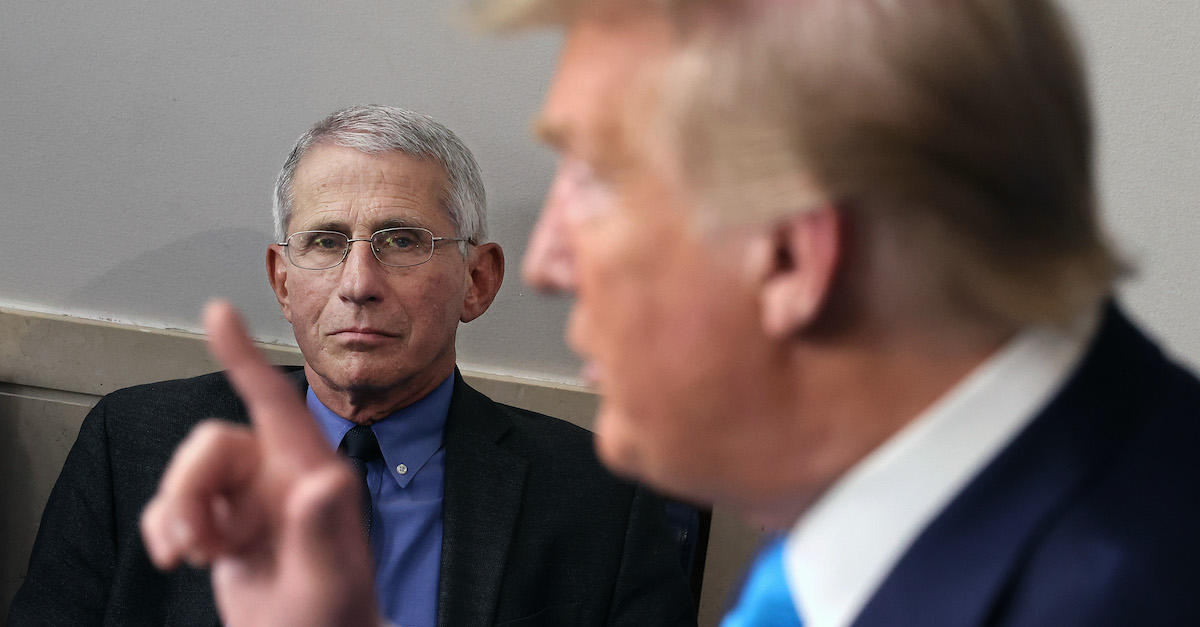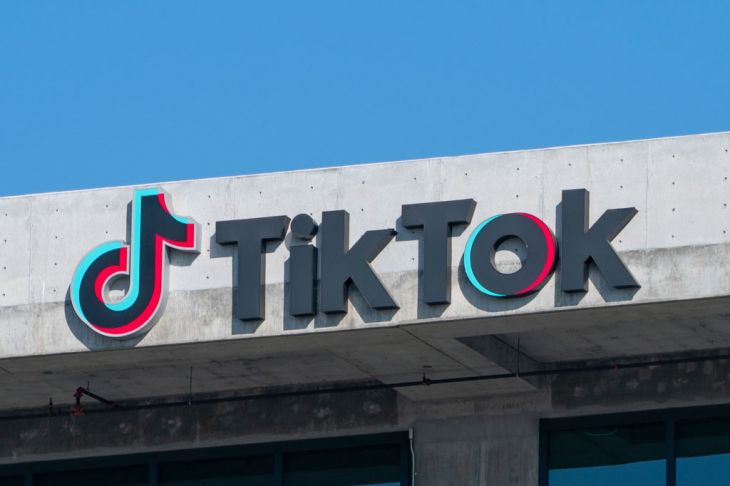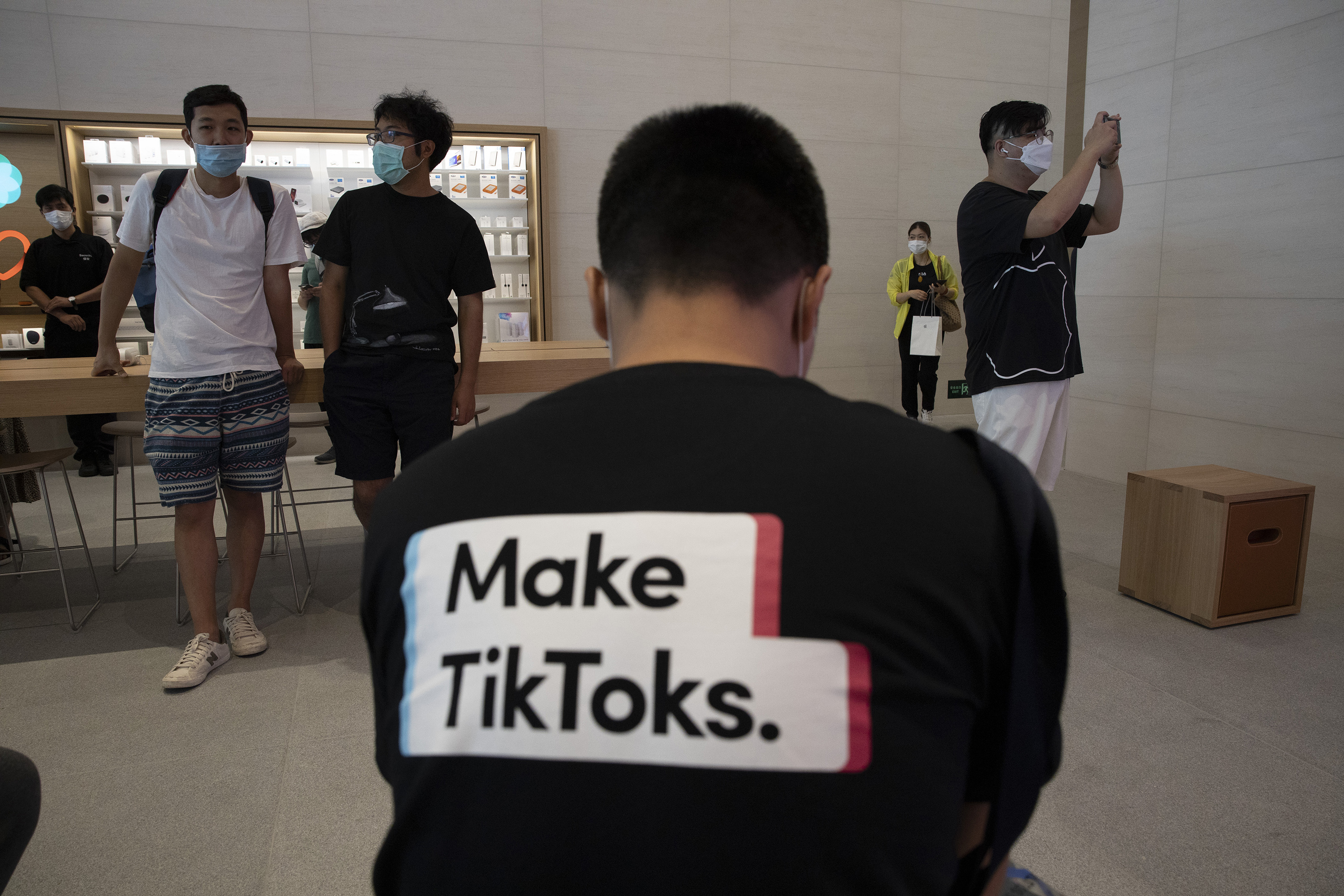Oregon mink farm has COVID-19 outbreak after advocates warned of danger in state
Tracy Loew
Salem Statesman Journal
SALEM, Ore. – An Oregon mink farm has reported an outbreak of COVID-19 among animals and workers.
Salem Statesman Journal
SALEM, Ore. – An Oregon mink farm has reported an outbreak of COVID-19 among animals and workers.
Oregon Department of Agriculture spokeswoman Andrea Cantu-Schomus declined to say which county the farm is in or how many workers have tested positive, citing federal health privacy rules. The farm has about 12,000 animals, she said.
Outbreaks in farmed mink have been reported in several U.S. states and countries. Earlier this month Denmark announced it would kill all 17 million of the mink raised there after confirmation that 12 people had been infected with a mutated strain of COVID-19 that had spread from mink to humans. That strain has not been found elsewhere.
Oregon has the nation’s fourth-largest farmed mink industry, after Wisconsin, Utah and Michigan. All three of those other states have had outbreaks on mink farms.
The Oregon farmer reported mink with symptoms to ODA on Nov. 19, Cantu-Schomus said.
ODA took samples from 10 of the sick mink, and all came back positive for SARS-CoV-2, the animal virus linked to COVID-19 in humans. Cantu-Schomus was unable to say how many mink were sick, but said the 10 were a sample of the population.
Nov. 25:Dead minks infected with a mutated form of COVID-19 rise from graves after mass culling
Nov. 5:Denmark to slaughter 15M farmed minks over coronavirus fears
On Nov. 23, ODA placed the farm under quarantine, meaning no animals or animal products can leave the farm.
Outbreaks in farmed mink have been reported in several U.S. states and countries. Earlier this month Denmark announced it would kill all 17 million of the mink raised there after confirmation that 12 people had been infected with a mutated strain of COVID-19 that had spread from mink to humans. That strain has not been found elsewhere.
Oregon has the nation’s fourth-largest farmed mink industry, after Wisconsin, Utah and Michigan. All three of those other states have had outbreaks on mink farms.
The Oregon farmer reported mink with symptoms to ODA on Nov. 19, Cantu-Schomus said.
ODA took samples from 10 of the sick mink, and all came back positive for SARS-CoV-2, the animal virus linked to COVID-19 in humans. Cantu-Schomus was unable to say how many mink were sick, but said the 10 were a sample of the population.
Nov. 25:Dead minks infected with a mutated form of COVID-19 rise from graves after mass culling
Nov. 5:Denmark to slaughter 15M farmed minks over coronavirus fears
On Nov. 23, ODA placed the farm under quarantine, meaning no animals or animal products can leave the farm.
On the same date, the Oregon Health Authority asked all workers on the farm to self-isolate, Cantu-Schomus said.
State and national environmental groups have been raising alarm about possible infections Oregon’s mink industry, the Statesman Journal, part of the USA TODAY Network, previously reported.
"This was so foreseeable," said Lori Ann Burd, with the Center for Biological Diversity, one of the groups urging Oregon to take action. "We'll certainly be following up with the agency to demand answers and to find out what they're doing to mitigate this outbreak and public health risk."
In letters to Gov. Kate Brown and state agencies, the groups asked for immediate inspections of Oregon’s mink farms, as well as quarantines and a phased buy-out of the industry.
At that time, state officials said they did not intend to take any of the groups’ recommendations. Oregon's state veterinarian has been communicating with mink farmers about the outbreaks, Cantu-Schomus has said.
“We have been engaged with the Oregon mink industry for some time, providing information on biosecurity to prevent the introduction of SARS-CoV-2 and were ready to respond,” State Veterinarian Ryan Scholz said in a written statement Friday.
“The farmer did the right thing by self-reporting symptoms very early and he is now cooperating with us and the Oregon Health Authority in taking care of his animals and staff,” Scholz said. “So far, we have no reports of mink mortalities linked to the virus but that could change as the virus progresses.”
In Wisconsin, about 3,400 farmed mink have died over the past month after contracting the virus. And in Utah, about 10,000 mink have died since August.
In addition to Denmark and the United States, COVID-19 infections have been reported in farmed mink in the Netherlands, Spain, Sweden, and Italy and Greece, according to the World Health Organization.
All of the mink in the Oregon outbreak appear to have recovered, Cantu-Schomus said. ODA will test the mink 7-10 days after symptoms resolve, and, if necessary, continue testing every 14 days until no more infected mink are found.
The sample size will be significantly larger and will ensure with a 95% confidence level that if the virus was present it would be detected, she said.
"It is suspected that infected workers introduced SARS-CoV-2 to mink on the farm, and the virus then began to spread among the mink," Cantu-Schomus said.
ODA is working with OHA, the Oregon Department of Fish and Wildlife, U.S. Department of Agriculture and the Centers for Disease Control to investigate transmission dynamics among mink, other animals around the farm, and people, she said.
Last week, ODA officials said they had no plans to do inspections or test mink unless symptoms were reported. Cantu-Schomus was unable to say Friday whether that is still the case.
Michael Whelan is executive director of Medford-based Fur Commission USA, a national nonprofit representing mink farmers.
He said the group is offering free COVID-19 testing to farm operators and employees.
"All we can do is just keep reminding the farmers that this is serious and they have to screen all people that get anywhere near the mink," Whelan said.
Cantu-Schomus was unable to say how many farmed mink there are in Oregon.
"There is no evidence that animals, including mink, are playing a significant role in the spread of COVID-19 to people," she said. "Currently in the U.S., there is no evidence of mink-to-human spread. However, investigations are ongoing."




















